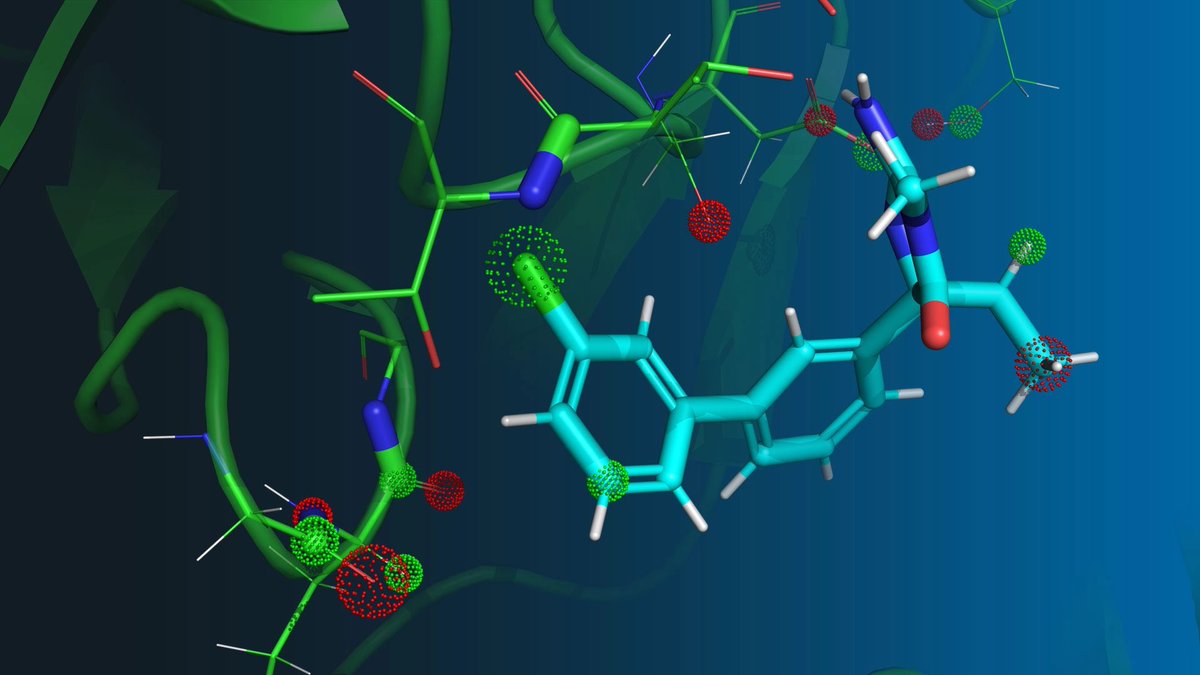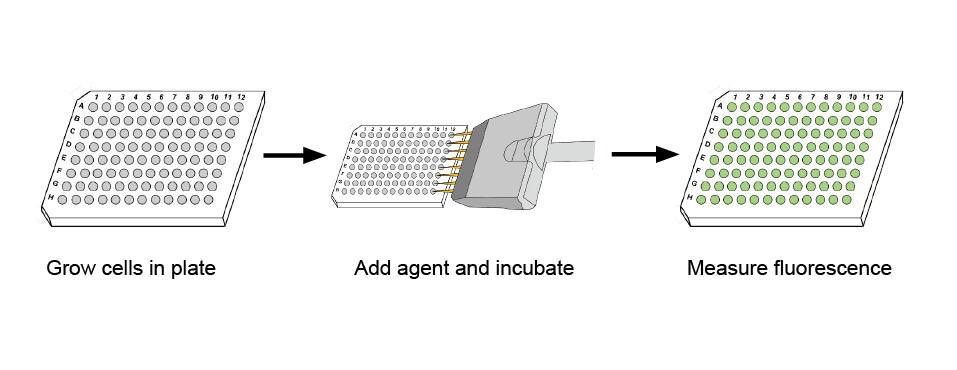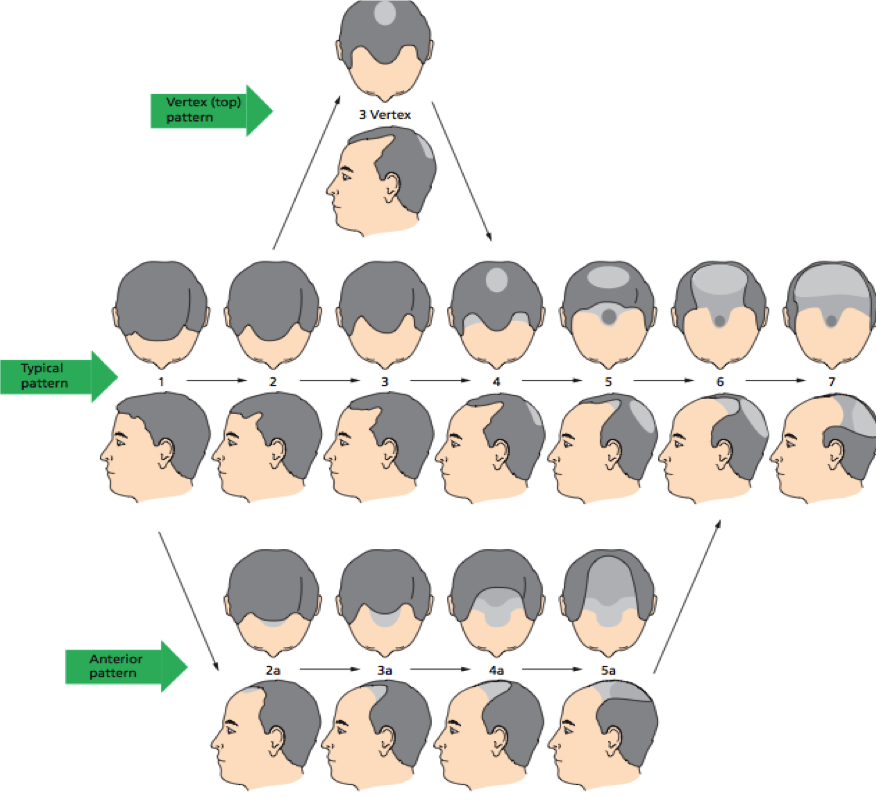we recently saw an insane discovery in biology, which if true, in my opinion, makes extraterrestrial life far far more likely.
🧵
🧵

new research suggests that life on Earth became surprisingly complex very early, reshaping our understanding of life’s origins and its implications for the existence of life elsewhere in the universe. 

a paper about the Last Universal Common Ancestor (LUCA) hypothesis reconstructed the genome of our LUCA, dating it to about 4.2 billion years ago…
…just a few hundred million years after Earth formed 4.5 billion years ago.
…just a few hundred million years after Earth formed 4.5 billion years ago.

4.2bn years ago historically was on the earlier end of any estimated age range for LUCA. however, this was the most reliable estimate using sophisticated estimation algorithms for Dr. Moody et al. crucially, they estimated the complexity of LUCA to be higher than anticipated. 

as per these new models, LUCA wasn’t some rudimentary organism
it possessed a genome encoding approximately 2,657 proteins in a ~2.75 Mb genome
(comparable to modern prokaryotes)
this is unexpected because the popular consensus held that early life was far simpler
it possessed a genome encoding approximately 2,657 proteins in a ~2.75 Mb genome
(comparable to modern prokaryotes)
this is unexpected because the popular consensus held that early life was far simpler

^ reconstruction (A)
LUCA was not necessarily the first life form, but its complexity suggests that life’s foundation systems (eg molecular synthesis, adaptation) evolved relatively quickly - under favorable conditions
each finding challenges traditional views of evolution
LUCA was not necessarily the first life form, but its complexity suggests that life’s foundation systems (eg molecular synthesis, adaptation) evolved relatively quickly - under favorable conditions
each finding challenges traditional views of evolution

LUCA was an anaerobic acetogen, using hydrogen and carbon dioxide for energy via the Wood–Ljungdahl pathway—a sophisticated metabolic process still found in some microbes today. However, LUCA was part of an ecosystem and not an isolated entity. 

A simpler paper from a few years back with an interesting perspective: sciencedirect.com/science/articl…
based on the reconstruction, LUCA wasn’t photosynthetic but demonstrated notable metabolic flexibility
e.g. capable of both building its own molecules (autotrophy) and using those produced by others (heterotrophy)
this adaptability is astonishing for such an ancient organism
e.g. capable of both building its own molecules (autotrophy) and using those produced by others (heterotrophy)
this adaptability is astonishing for such an ancient organism
on top of this, there is significant evidence for potential immunity already present at this point.
the tl;dr is that LUCA was remarkably complex very soon into the formation of earth - millions of years in.
which has interesting implications for astrobiology.
the tl;dr is that LUCA was remarkably complex very soon into the formation of earth - millions of years in.
which has interesting implications for astrobiology.
We always wonder how long life takes to evolve
If such complex life truly evolved 400mn years into earth’s formation, it is unlikely to be the only form of life by this point. There was likely a molecular arms race* well in motion. Imagine what this means for other planets.
If such complex life truly evolved 400mn years into earth’s formation, it is unlikely to be the only form of life by this point. There was likely a molecular arms race* well in motion. Imagine what this means for other planets.
Advancements in astronomy have led to the identification of exoplanets with atmospheric compositions that could support life.
JWST detected methane, maybe DMS and carbon dioxide in the atmosphere of K2-18 b, a planet located 124 light-years away - ie potential habitability

JWST detected methane, maybe DMS and carbon dioxide in the atmosphere of K2-18 b, a planet located 124 light-years away - ie potential habitability


similarly, JWST observations of WASP-39 b show the presence of CO2, providing insights into the planet’s formation and atmospheric composition. 



this already suggests that the building blocks of life, such as water and organic molecules, may be more common in the universe than previously thought - that piece of the puzzle had been recently solved. 

Specifically, a planet like k218b was formed ~2.5bn years ago. This is relatively young compared to earth - but empirically, we now know it may be old enough for complex life.
Mars, formed around the same time as earth, could be estimated to have ancient microbes earlier too while it was still habitable, if similar models apply.
Mars, formed around the same time as earth, could be estimated to have ancient microbes earlier too while it was still habitable, if similar models apply.
What are the next steps? While we do not have direct samples of LUCA, we can seriously use this information to figure out the answer to the following question:
if LUCA did adapt these fine tuned characteristics and phenotypes so so quickly, what, external to LUCA, could have caused this?
Can it be other competing organisms? Specific molecules? Did a comet accelerate the development of ancient organisms on earth?
Can it be other competing organisms? Specific molecules? Did a comet accelerate the development of ancient organisms on earth?
This, coupled with missions like JWST and Europa Clipper, will allow us to answer questions we only thought of in sci-fi movies.
*at a cellular level, this paper posits the following for LUCA:
•Ribosomes for protein synthesis.
•ATP synthase for energy production.
•Likely a phospholipid membrane.
•Evidence of an early immune system akin to CRISPR-Cas mechanisms.
this indicates that LUCA coexisted with early viriod like particles, suggesting molecular arms races were already occurring.
•Ribosomes for protein synthesis.
•ATP synthase for energy production.
•Likely a phospholipid membrane.
•Evidence of an early immune system akin to CRISPR-Cas mechanisms.
this indicates that LUCA coexisted with early viriod like particles, suggesting molecular arms races were already occurring.
• • •
Missing some Tweet in this thread? You can try to
force a refresh














